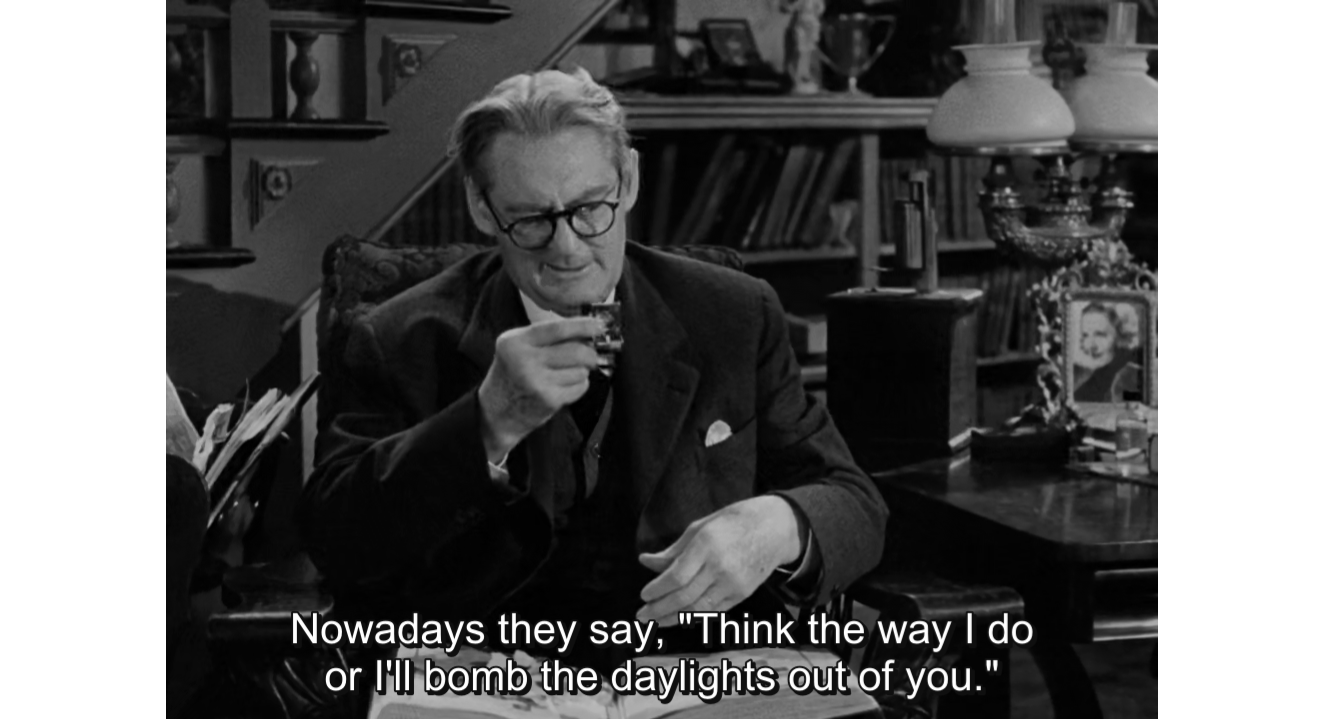 Paraiso: Tatlong Kwento ng Pag-asa
Paraiso: Tatlong Kwento ng Pag-asa (Ricky Davao, Jun Lana & Joel Ruiz, 2007)
English Title: Paradise: Three Stories of HopeGawad Kalinga (its literal English translation is "to give care") is a non-profit organization whose noble goal is to build shelters and communities for millions of poor and homeless Filipinos. It has become some sort of a favorite charity for most affluent benefactors, mostly because the organization actually transmits results (in terms of completed houses and communities) and its method is very personal --- benefactors are permitted to visit the fruits of their kindness and to those who do not have the luxury of spare change, they are given the chance to share their know-how and muscles by actually building homes. To readers of this post, I suggest visiting the
website to know more; or if you're really in the mood to make a difference in this world, donate money to their effort ($25,000 will create a community for several families; aptly named after the benefactor).
Paraiso: Tatlong Kwento ng Pag-asa (
Paradise: Three Stories of Hope) is an omnibus film that strives to reach possible philantropists from around the world through the power of film. In the United States, the film was shown in several cities (mostly with large Filipino-American communities) to create awareness that such an organization is existing. Three short films, produced by three different film outfits, all trying to achieve an international awareness of the prevailing dilemma in the Philippines. I can't say that the three films are masterpieces, because they are not. If viewed as mere films, they are very much flawed and greatly manipulative. They are, however, very effective commercials for its singular and noble cause.
Jun Lana's
Umiyak Man ang Langit (
Even If the Skies Cried) begins the triptych with a tragedy: the landslide that completely covered several towns in Leyte with mud. Lana's film concerns Jocelyn (Maricel Soriano), a mother of four and one of the victims of the devastating natural calamity. It's designed to be a tearjerker, and as such, it's quite a success. What it lacks in subtlety, it compensates with pure sincerity (and believable performances by Soriano, and Noni Buencamino). It has one scene that bothered me and which I thought was completely unnecessary: Lana's team decided to recreate the landslide using miniatures. While the effort is understandable, the film could've survived without it. It's a good thing that the subsequent sequence which involves Jocelyn buried underneath the rubbles, groping her surroundings to save her daughters, was effectively heartbreaking.
The middle child of the omnibus is Joel Ruiz's
Ang Kapatid Kong si Elvis (
My Brother Elvis). It's undoubtedly the most interesting of the three films. The story was conceived by Michiko Yamamoto (writer of
Magnifico (Maryo J. delos Reyes, 2003)
and
Ang Pagdadalaga ni Maximo Oliveros (
The Blossoming of Maximo Oliveros, Auraeus Solito, 2005)) and Monster Jimenez (one half of the reason why
Big Time (Monster Jimenez & Mario Cornejo, 2005) is so good), although based from the real experiences of Gawad Kalinga volunteers Jerome and Gina Paner (played by Michael V. and Carmi Martin) of adopting a neglected child from one of the housing projects.
The film doesn't go for a realistic portrayal of the events but instead bursts with youthful and energetic imagination. Elvis (Paulken Bustillo) eats rocks, pilfers little items, and wreaks havoc in the community before he was adopted by the couple. Of course, the newcomer doesn't really go well with the couple's only son, Pepe (Gian Bernabe). Ruiz solves the problem by giving the two siblings the opportunity to bond while traveling provincial Philippines while dragging a doghouse. It's slight, bright, and very whimsical; but beneath all the incoherent comedics (both effective and not-so-effective), is a distinguishable heart.
Marie, actor-turned-director Ricky Davao's contribution to the series, completes the trilogy. Sad to say, it's my least favorite of the bunch. It starts with the startling, and very recognizable, video of the World Trade Center collapsing before giving us a flashback of the wonderful twenty five years of the married life of Rudy (Cesar Montano) and Marie (Lexi Schultze) Abad. It's the tragic event of Marie perishing in the 9/11 tragedy that would give Rudy the inspiration to give to Gawad Kalinga, in memory of his good wife.
My problem with the film is that it lacks subtlety whatsoever. While Lana's short film bathes in melodrama, it is all worth it. Davao embellishes his film with a grandiose score; loud enough to turn the video of the twin buildings collapsing more operatic than it should be. I understand Davao's intention to make everything larger-than-life, but in a short film that should evoke sincerity and noble intentions, less is certainly more. Davao caps the film with a comparison between the colorful Gawad Kalinga homes and the dilapidated shacks on stilts in the Baseco compound. That's something Davao got right: there's still so much to do.
Nevertheless, the omnibus is still a grand success. Men and women are being recruited to fight in bloody wars when the same talents can be used to create homes; or just waste their cash on lifeless commercial efforts with films like
Transformers (Michael Bay, 2007) and other loud, proud yet flat Summer flicks when the amount of money to create those films (and to spend to watch them) would be enough to create thousands of communities. The film adequately provides for something more worthwhile than being herded in this derivative life this modern world pushes us to live.

.jpg)


.jpg)

.jpg)


+(300+x+197).jpg)
.jpg)



.jpg)










































